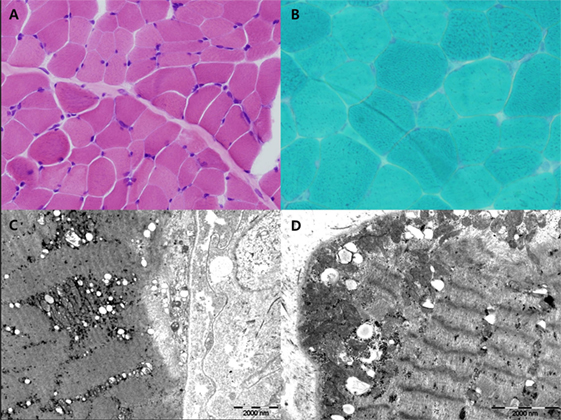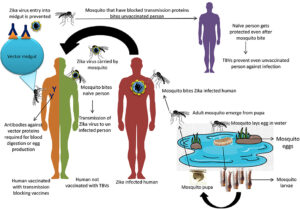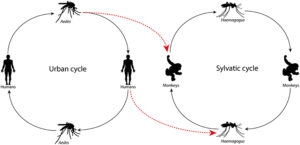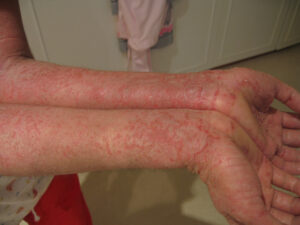Morgellons Disease, often abbreviated as MD, is a condition that has sparked significant debate and curiosity within the medical community and among those affected by it. This article aims to provide a comprehensive overview of the disease, including its symptoms, potential causes, and available care options.
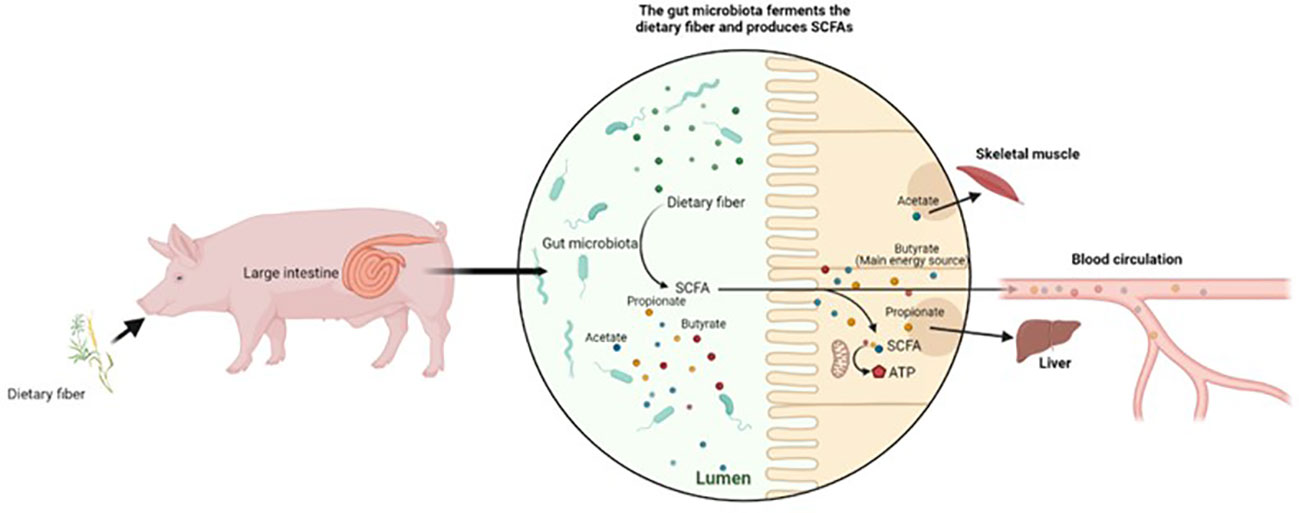
What is Morgellons Disease?
Morgellons Disease is a condition characterized by the presence of unusual fibers or thread-like structures emerging from skin lesions. People who suffer from this condition often report sensations of crawling, biting, or stinging on or under their skin. The disease was first described in 2002 by a mother who observed these symptoms in her young child. Since then, it has gained attention as both a dermatological and psychological concern.
The name “Morgellons” originates from a historical reference to similar symptoms documented in the 1600s by Sir Thomas Browne, an English physician. Despite its long history, Morgellons remains a poorly understood condition, with ongoing research attempting to clarify its origins and mechanisms.
Symptoms of Morgellons Disease
The symptoms of Morgellons Disease are diverse and can vary significantly from person to person. Some of the most commonly reported symptoms include:
- Fibers in the Skin: One of the hallmark symptoms of this condition is the appearance of colored or translucent fibers that seem to emerge from the skin. These fibers are often described as being embedded within open sores or lesions.
- Unusual Skin Sensations: Many individuals with Morgellons report persistent sensations of crawling, biting, or stinging beneath their skin. These sensations can be highly distressing and may interfere with daily life.
- Skin Lesions: Open sores or slow-healing wounds are frequently observed in people with this condition. These lesions may appear spontaneously or result from excessive scratching due to the uncomfortable sensations.
- Fatigue: Chronic fatigue is another common symptom reported by individuals with Morgellons. This exhaustion can exacerbate the emotional and psychological toll of the condition.
- Cognitive Difficulties: Some patients describe experiencing problems with memory, concentration, and mental clarity, often referred to as “brain fog.”
Associated Psychological Symptoms
In addition to the physical symptoms, many individuals with Morgellons also experience psychological challenges. These may include:
- Anxiety and depression
- Feelings of isolation or social withdrawal
- Obsessive thoughts about the condition
The combination of physical discomfort and psychological distress can make living with Morgellons particularly challenging for those affected.
Potential Causes of Morgellons Disease
The exact cause of Morgellons Disease remains unknown, and this uncertainty has led to considerable controversy. Several theories have been proposed to explain the origins of this condition:
Infectious Agent Hypothesis
One theory suggests that Morgellons could be caused by an infectious agent, such as bacteria or parasites. Some researchers have identified spirochetal bacteria, similar to those responsible for Lyme Disease, in tissue samples from individuals with Morgellons. However, this hypothesis remains unproven, and further studies are needed to establish a definitive link.
Psychological Explanation
Another perspective is that Morgellons may be related to psychiatric conditions such as delusional parasitosis. In this context, individuals may mistakenly believe they are infested with parasites or foreign materials, despite no objective evidence supporting this belief. While this explanation has been suggested by some healthcare professionals, it does not account for the physical findings, such as fibers, observed in some cases.
Environmental Factors
Some proponents of the condition argue that environmental factors, such as exposure to toxins or chemicals, might play a role in triggering Morgellons. However, there is currently insufficient scientific evidence to support this claim.
Autoimmune or Neurological Component
There is also speculation that Morgellons could involve an autoimmune or neurological component. For example, the body’s immune system might mistakenly attack healthy tissues, leading to the formation of fibers or other symptoms. Alternatively, dysfunction in the nervous system could contribute to the abnormal sensations experienced by patients.
Diagnosis of Morgellons Disease
Diagnosing Morgellons Disease can be challenging due to the lack of standardized diagnostic criteria. Healthcare providers typically rely on a combination of clinical evaluation, patient history, and laboratory tests to rule out other possible conditions. Some steps involved in the diagnostic process include:
- Physical Examination: A thorough examination of the skin and any lesions is essential to document the presence of fibers or other abnormalities.
- Laboratory Testing: Blood tests, skin biopsies, and cultures may be performed to check for infections, inflammatory markers, or other underlying conditions.
- Psychiatric Evaluation: Given the psychological aspects associated with Morgellons, a mental health assessment may be recommended to evaluate for coexisting psychiatric disorders.
It is important to note that there is currently no specific test that can definitively diagnose Morgellons Disease. As a result, the diagnosis is often one of exclusion, meaning other potential causes must first be ruled out.
Treatment and Care Options
Due to the unclear nature of Morgellons Disease, treatment approaches tend to focus on managing symptoms rather than curing the condition. The following strategies are commonly employed:
Medical Interventions
While there is no universally accepted treatment protocol, some healthcare providers may prescribe medications to address specific symptoms:
- Antibiotics: If an infectious cause is suspected, antibiotics may be prescribed to target potential bacterial infections.
- Antiparasitic Drugs: In cases where parasitic involvement is considered, antiparasitic medications might be used, although their efficacy remains uncertain.
- Topical Treatments: Creams or ointments may help soothe irritated skin and promote healing of lesions.
Psychological Support
Given the psychological impact of Morgellons, mental health support is often an integral part of care. This may include:
- Cognitive-behavioral therapy to address obsessive thoughts and behaviors
- Support groups where individuals can share experiences and coping strategies
- Medications for anxiety or depression if needed
Lifestyle Modifications
Making certain lifestyle changes can also help improve quality of life for individuals with Morgellons:
- Practicing good skincare hygiene to prevent secondary infections
- Avoiding triggers that worsen symptoms, such as stress or environmental irritants
- Engaging in relaxation techniques like meditation or yoga to reduce stress
Ongoing Research and Controversy
Morgellons Disease continues to be a subject of debate within the medical community. Some researchers advocate for further investigation into its biological basis, while others emphasize the importance of addressing the psychological aspects. Organizations such as the Centers for Disease Control and Prevention have conducted studies on Morgellons, but results have yet to provide conclusive answers.
Despite the controversies, advocacy groups and individuals affected by the condition continue to push for greater awareness and understanding. Increased funding for research and collaboration between medical disciplines will be crucial in advancing knowledge about Morgellons.
Living with Morgellons Disease
For those living with Morgellons Disease, the journey can be isolating and frustrating. However, connecting with others who share similar experiences can provide valuable support. Online forums, local support groups, and educational resources can empower individuals to better manage their symptoms and advocate for themselves in healthcare settings.
It is also important for family members and caregivers to educate themselves about the condition. Understanding the complexities of Morgellons can foster empathy and improve communication, ultimately enhancing the support network for the individual affected.
